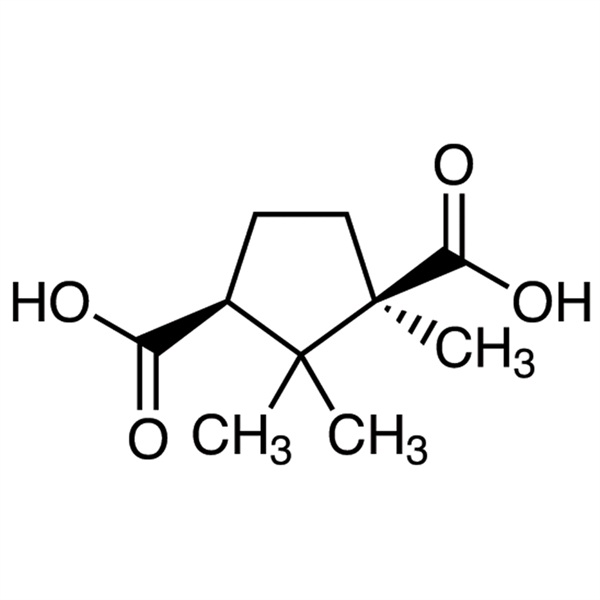D-(+)-Camphoric Acid CAS 124-83-4 Purity 99.0%~101.0% High Purity
Chemical Name: D-(+)-Camphoric Acid
CAS: 124-83-4
High Quality, Commercial Production
| Chemical Name | D-(+)-Camphoric Acid |
| Synonyms | (+)-Camphoric Acid; (1R,3S)-(+)-Camphoric Acid |
| CAS Number | 124-83-4 |
| CAT Number | RF-CC275 |
| Stock Status | In Stock, Production Scale Up to Tons |
| Molecular Formula | C10H16O4 |
| Molecular Weight | 200.23 |
| Density | 1.1860 |
| Solubility | Solube in Methanol |
| Shipping Condition | Shipped Under Ambient Temperature |
| Brand | Ruifu Chemical |
| Item | Specifications |
| Appearance | White Crystalline Powder |
| Purity | 99.0%~101.0% |
| Melting Point | 185.0~190.0℃ |
| Specific Rotation [α]D20 | ≥+45.0° |
| Loss On Drying | ≤0.50% |
| Heavy Metals (Pb) | ≤20ppm |
| Singl Impurity | ≤0.50% |
| Total Impurities | ≤1.00% |
| Test Standard | Enterprise Standard |
| Usage | Pharmaceutical Intermediates; Chiral Compounds |
Package: Bottle, Aluminium foil bag, Cardboard Drum, 25kg/Drum, or according to customer's requirement.
Storage Condition: Store in sealed containers at cool and dry place; Protect from light, moisture and pest infestation.


Shanghai Ruifu Chemical Co., Ltd. is the leading manufacturer and supplier of D-(+)-Camphoric Acid (CAS: 124-83-4) with high quality, widely used in organic synthesis, synthesis of pharmaceutical intermediates and Active Pharmaceutical Ingredient (API) synthesis.
D-(+)-Camphoric Acid (CAS: 124-83-4) is made from Camphor oxidized with nitric acid, it can be used in the preparation of night sweats and Celluloid. D-(+)-Camphoric Acid is used primarily as a reagent in syntheses of crystalline structures. It is used in the preparation of polymeric transition metal dipyridylamine D-camphorate complexes. It may be used in the preparation (1R,2S,3R,5S)-2,3-dibenzyl-1,8,8-trimethyl-3-thianiumbicyclo[3.2.1]octane perchlorate. It reacts with uranyl nitrate in pyridine(py) or py/methanol(MeOH) to form novel uranyl-organic assemblages.
-
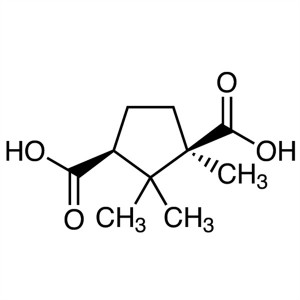
D-(+)-Camphoric Acid CAS 124-83-4 Purity 99.0%~...
-
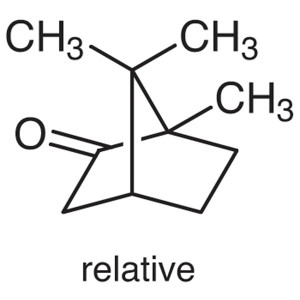
(±)-Camphor (Synthetic) CAS 76-22-2 Assay ≥99.0...
-
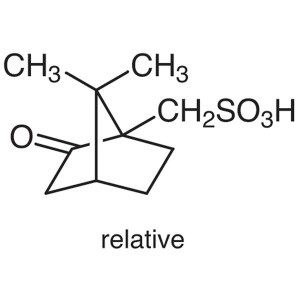
DL-10-Camphorsulfonic Acid CAS 5872-08-2 Assay ...
-
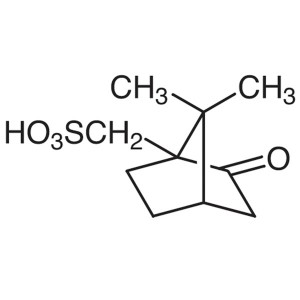
(1R)-(-)-10-Camphorsulfonic Acid CAS 35963-20-3...
-
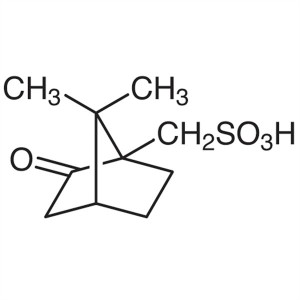
(1S)-(+)-10-Camphorsulfonic Acid CAS 3144-16-9 ...
-
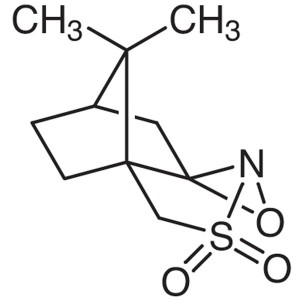
(1S)-(+)-(10-Camphorsulfonyl)oxaziridine CAS 10...
-
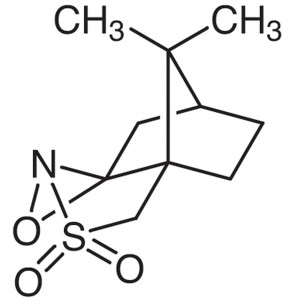
(1R)-(-)-(10-Camphorsulfonyl)oxaziridine CAS 10...
-
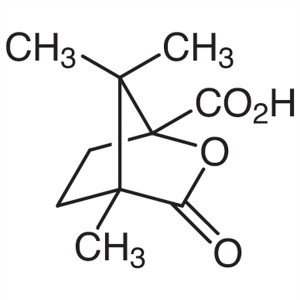
(1S)-(-)-Camphanic Acid CAS 13429-83-9 Purity ≥...
-
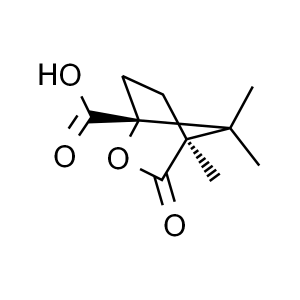
(1R)-(+)-Camphanic Acid CAS 67111-66-4 Purity ≥...
-
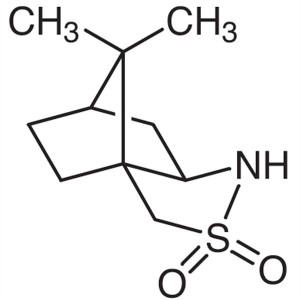
(-)-10,2-Camphorsultam CAS 94594-90-8 Assay ≥98...
-
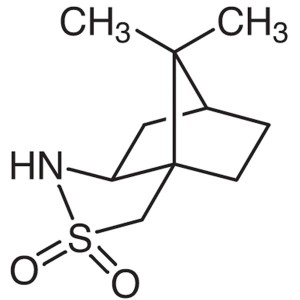
(+)-10,2-Camphorsultam CAS 108448-77-7 Assay ≥9...
-
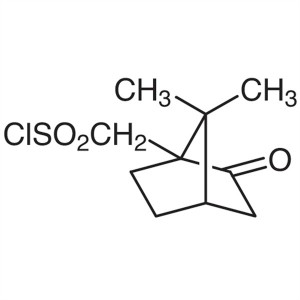
(1R)-(-)-10-Camphorsulfonyl Chloride CAS 39262-...
-
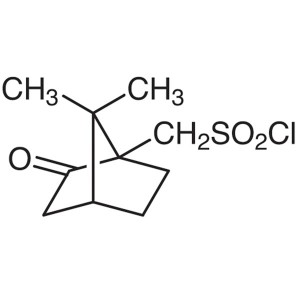
(1S)-(+)-10-Camphorsulfonyl Chloride CAS 21286-...
-
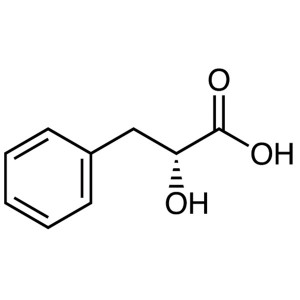
D-(+)-3-Phenyllactic Acid CAS 7326-19-4 Chiral ...
-
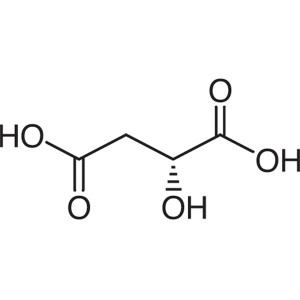
D-(+)-Malic Acid CAS 636-61-3 Purity ≥99.0% (HP...
-
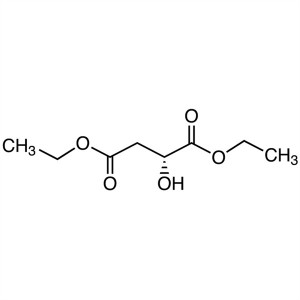
Diethyl D-(+)-Malate CAS 7554-28-1 Purity ≥98.0...

